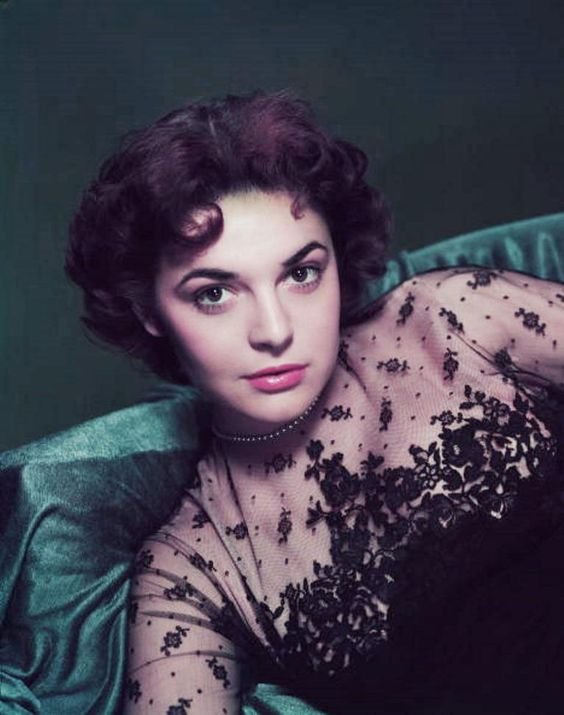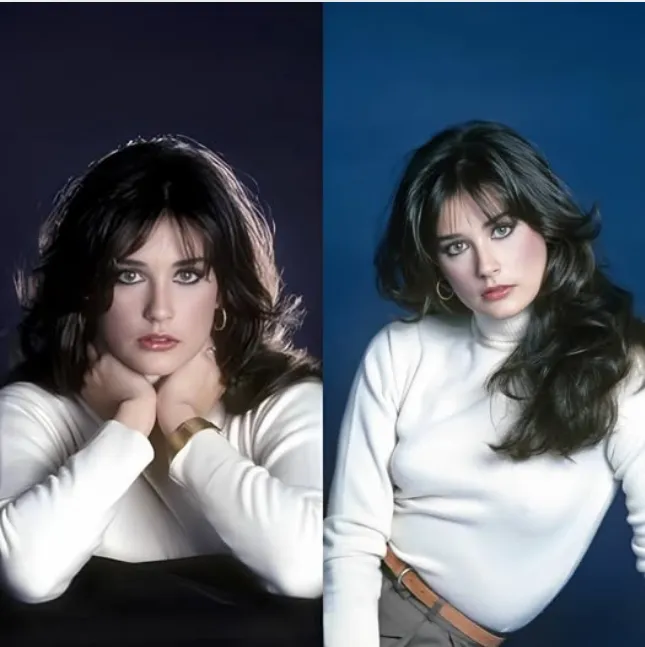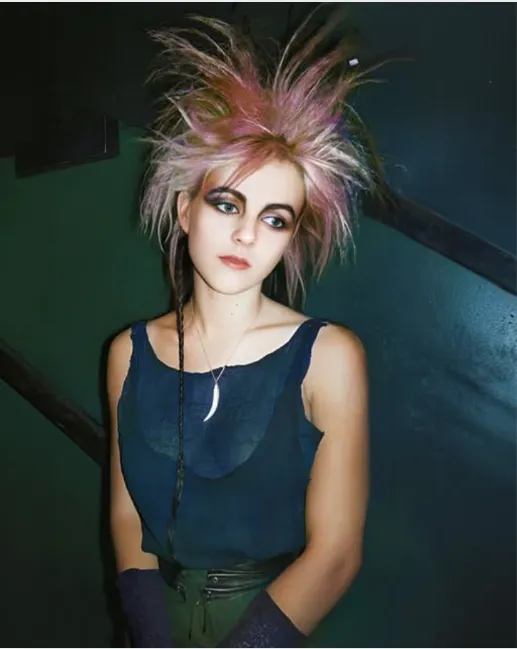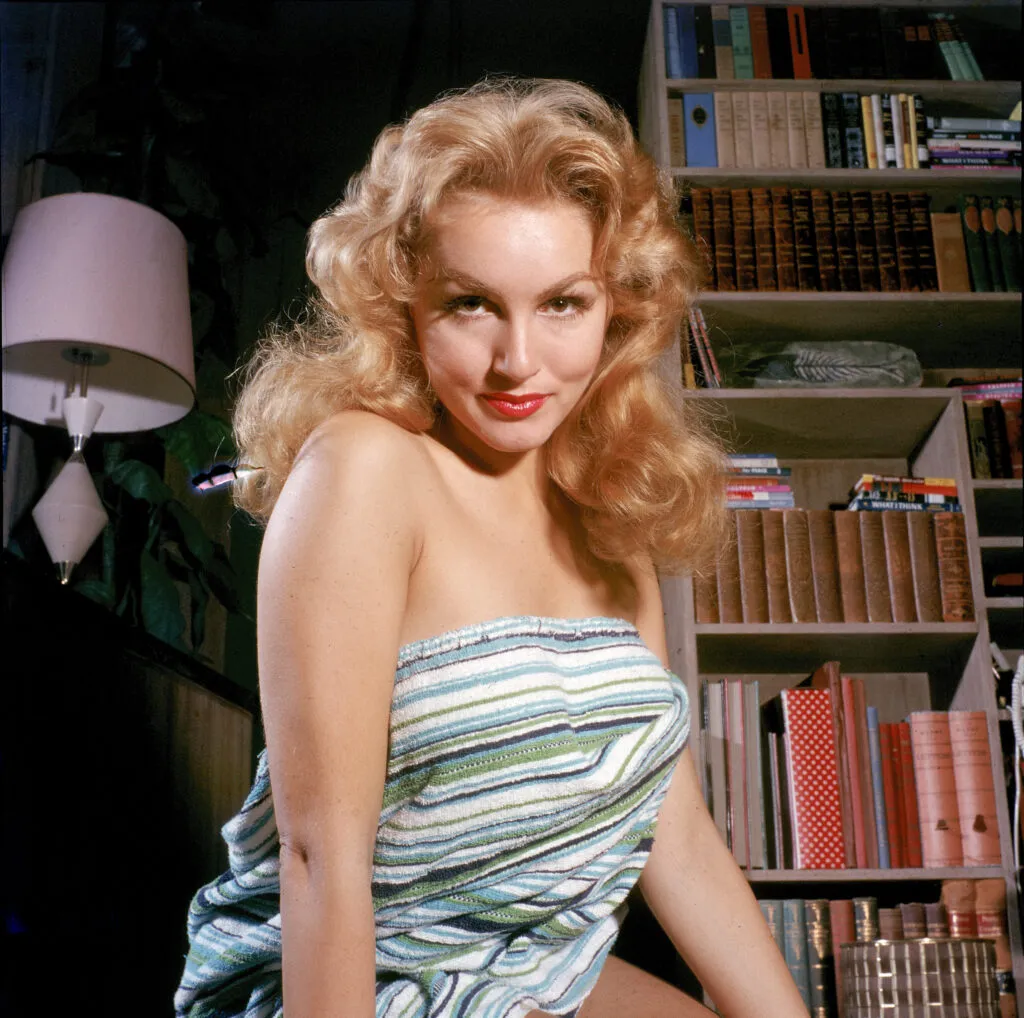Discover the untold story of Anne Bancroft—the woman Hollywood could never quite define
Born Anna Maria Louisa Italiano on September 17, 1931, in The Bronx, New York, Anne Bancroft grew into one of the most formidable and respected actresses of her era. With a commanding presence, sharp intelligence, and emotional depth, she left an indelible mark on stage and screen, consistently breaking barriers for women in Hollywood and Broadway at a time when roles for actresses were often confined to stereotypes. Bancroft’s career was defined by her refusal to accept limitations—she was determined to play women who were complicated, flawed, and alive.
-1755571885-q80.webp)
Raised in a working-class Italian-American family, Bancroft’s early life in The Bronx gave her a grounding that she carried with her throughout her career. Her parents encouraged her ambitions, and after graduating from Christopher Columbus High School, she pursued acting studies at the American Academy of Dramatic Arts. Hollywood soon came calling, and under her birth name she began appearing in small television and film roles during the early 1950s. Studio executives, however, suggested she adopt a stage name they felt was “easier to market,” and thus Anna Maria Italiano became Anne Bancroft. The change may have been pragmatic, but Bancroft infused the new name with her own strength and artistry, transforming it into one of the most revered in American theater and film.
Her earliest years in Hollywood were spent in minor roles in films such as Don’t Bother to Knock (1952), yet she quickly realized that the studio system rarely allowed young women to break free of stock characters. Instead of remaining typecast, Bancroft shifted her focus to Broadway, where her raw talent found space to flourish. The decision proved transformative. In 1962 she delivered a landmark performance as Annie Sullivan in William Gibson’s The Miracle Worker, opposite Patty Duke as Helen Keller. Fierce, uncompromising, and emotionally resonant, Bancroft’s portrayal of Sullivan earned her a Tony Award and later an Academy Award when she reprised the role for the film adaptation. That Oscar-winning performance established her as one of the most gifted actresses of her generation and set the tone for the roles she would continue to pursue—strong women with inner conflicts, characters far removed from the decorative or secondary roles often handed to actresses at the time.

Her career reached a new level of cultural immortality in 1967 with The Graduate. As Mrs. Robinson, the disillusioned and seductive older woman entangled with a much younger Dustin Hoffman, Bancroft became a symbol of an era. The role catapulted her into global recognition and earned her another Academy Award nomination. Yet the public fascination with Mrs. Robinson often frustrated Bancroft, who felt that the film overshadowed the breadth of her career. She was only 35 during filming, just six years older than Hoffman, but she played the character with such poise, wit, and emotional layering that she redefined the archetype of the “older woman.” For Bancroft, Mrs. Robinson was never merely a seductress; she was a portrait of loneliness, repression, and thwarted potential. That ability to infuse stereotype with humanity was one of Bancroft’s hallmarks.
Beyond The Graduate, her career was rich with performances that underscored her versatility. In The Pumpkin Eater (1964), she portrayed a troubled woman trapped in a faltering marriage, a role that earned her the Cannes Best Actress Award. Later, in The Turning Point (1977), she played a former ballerina facing the compromises of her past, a part that once again garnered critical acclaim. She brought gravitas and spiritual depth to Agnes of God (1985), appeared with wit and tenderness in 84 Charing Cross Road (1987), and proved again and again that she could slip seamlessly between drama and comedy. Over the course of her career, she was nominated for five Academy Awards, won two Tony Awards, two Golden Globes, and two Emmy Awards—one of the few performers to achieve recognition across stage, television, and film.

Off-screen, Bancroft was known for her sharp intelligence, her sense of humor, and her remarkable privacy in a business that often thrives on exposure. She was unafraid to challenge conventions not only in her work but also in her personal life. In 1964, she married comedian and filmmaker Mel Brooks, beginning one of Hollywood’s most enduring and unlikely love stories. While Bancroft was celebrated for serious drama and Brooks for outrageous comedy, the couple shared profound respect and affection. Their marriage, which lasted until her death in 2005, was one of mutual inspiration. Brooks often described her as his greatest muse, crediting her with shaping his worldview and work.
Though remembered for her iconic roles, Bancroft also experimented with directing and screenwriting, further proving her devotion to storytelling in all its forms. She approached acting as an art and a discipline, always striving for authenticity. “I don’t want to play roles that don’t mean anything,” she once remarked, and she remained true to that ethos for her entire career.

Anne Bancroft passed away in 2005 at the age of 73, but her legacy endures in the richness of the characters she brought to life. She proved that women could carry stories not as accessories but as the emotional core, insisting on roles that reflected the complexity of real life. Her characters were never easily categorized—neither fully tragic nor purely heroic—but always human, rendered with empathy and fire.
As Mel Brooks said in tribute to his late wife, “She gave me everything. She made me think differently about the world, about acting, about life.” That sentiment captures what Anne Bancroft gave to audiences as well: a body of work that challenges, illuminates, and continues to inspire.




-1755679305-q80.webp)
